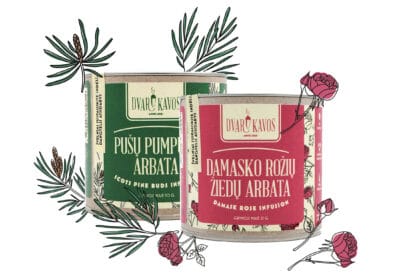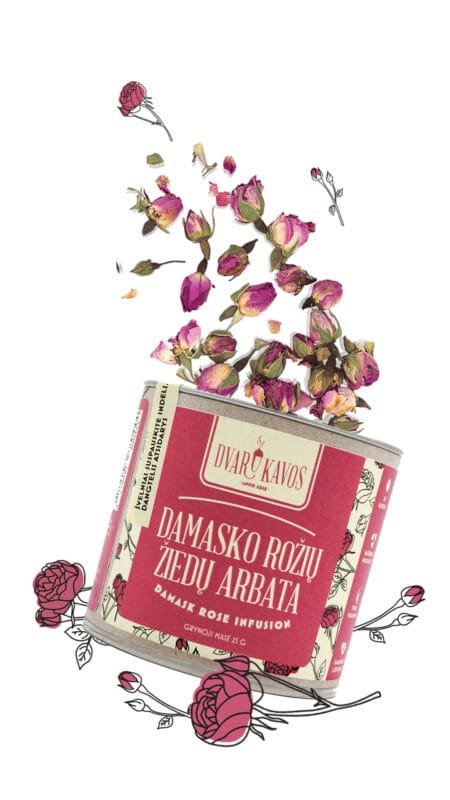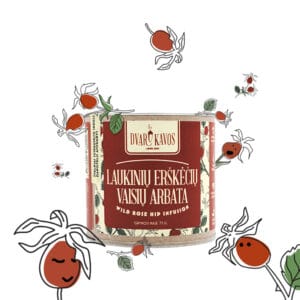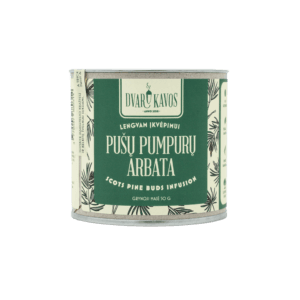Both autumn and early spring challenge our immune systems. Dry indoor air, lack of sunlight and exercise, heavier diets and more frequent upper respiratory tract illnesses weaken our immune systems to such an extent that for many, the arrival of spring or the final settling of autumn is not a welcome burst of energy, but rather a lack of energy. Constant fatigue is annoying and makes us look for ways to help our bodies.
Our immunity is a well-balanced system of special cells, proteins, antibodies, cytokines and other molecules circulating in the bloodstream to fight infections and other unwanted biological invasions or cellular changes and ageing, while at the same time maintaining sufficient tolerance in the form of the absence of allergies and autoimmune diseases. The strength and accuracy of the immune response is determined by many factors: age, gender, genetic predisposition, diet, environmental pollution, lifestyle, stress levels.
The body normally maintains a dynamic balance between the generation of free radicals – cellular oxidation – and their ‘quenching’ – antioxidant protection. When this balance is disturbed, immune cells have a reduced impact on bodily functions and their lifespan is shortened. Harmful free radical activity is associated with damage to cell membranes, DNA and enzymes. Oxidative stress is a major contributor to immune dysfunction and disease, and the immune system can be said to be highly susceptible to it.
Natural compounds from medicinal plants (phytochemicals) with antioxidant and immunomodulatory properties can act as regulators. These are biologically active compounds found in nature that have pharmacological activity, low toxicity and only affect certain steps of the harmful oxidative process. Plants with immunostimulating, antimicrobial or antiviral properties are important in modern medicine and in our daily lives.
For the cold season, we suggest a trio of infusions to enjoy: Damask rose, wild rose hip and pine buds.

Damask rose bud infusion
The ‘ring’ of our range is the Damask rose (Rosa damascena), a favourite of our founder Victoria since her childhood.

The rose family is not just about the beauty of its flowers – a study of 12 rose varieties found that rose tea has equal or greater phenolic content and antioxidant activity than green tea (Camelia sinensis).
It has an important place in traditional Middle Eastern medicine and has been used to treat infectious skin and eye diseases, stomach problems, weakness and depression. Better known as an ornamental plant, it has a number of pharmacological and nutritional properties in addition to its aromatic qualities, including antibacterial, antioxidant, antitussive, sedative, antidiabetic and antidepressant properties.
The medicinal properties of Damask rose petals are attributed in part to phenolic compounds, but also to the abundance of terpenes, glycosides, flavonoids and anthocyanins, carboxylic acids, myrcene, vitamin C, kaempferol and quercetin, citronellol and geraniol – it’s dizzying!
Modern research has shown that rose petal suspension culture is rich in pectic polysaccharides, which have a positive immunopharmacological effect on the digestive and immune systems and protect DNA from oxidation in a relatively stable way.
To put it simply, tea made from the ripe petals of the Damascus rose has the highest antioxidant and immune-boosting activity and is caffeine-free!
Wild rosehip tea
Let’s move on from flowers to fruit.
The tea of the wild thorn (Rosa rugosa), has been appreciated in many cultures since ancient times. And now we have the opportunity to investigate scientifically why: it tones and strengthens the body, protects against atherosclerosis and inflammatory diseases, and stimulates the production of red blood cells.
Rosehip tea is recommended for cardiovascular, central nervous system and metabolic diseases, as well as for people suffering from avitaminosis and those recovering from serious illnesses. It can help with gastritis, stomach and duodenal ulcers, chronic liver and gallbladder disease, and strengthen small blood vessels – good for hypertension and stroke sufferers. Its proven anti-inflammatory effects are relevant to those struggling with atopic dermatitis or skin ageing.
Interestingly, the vitamin C content of rosehips is ~10 times higher than that of blackcurrants and ~50 times higher than that of lemons!

Rose hips are also rich in other vitamins A, B1-B3, K and E, as well as minerals: phosphorus and especially potassium, calcium and magnesium, iron, manganese, zinc, copper, carotenoids, beneficial fatty acids and water-soluble phenolic compounds, which are particularly important for their antioxidant and antimicrobial properties.
A detailed study has shown that even cultivated rosehips (not to mention our own berries picked on the Lithuanian seacoast) have higher antioxidant properties than other well-known antioxidant fruits such as rose hips, hawthorn, chokecherries, blackcurrants and even blueberries.
Pine bud tea
Let’s go from the seaside dunes to the pine forest – let’s brew some pine bud tea to get rid of that pesky cough.

In folk medicine, infusions of the buds have been used to treat rheumatism, bronchitis and to stimulate bile secretion. The Greek physician Hippocrates treated his patients with pulmonary tuberculosis by grazing them for long periods in pine forests. Egyptian papyri even record the pharaohs treating pneumonia and other lung diseases with pine resin preparations.
A powerful healer, the pine forest contains enormous amounts of phytoncides, and the scent of the needles alone improves respiratory function and activates the blood and metabolism. Scientific studies of the buds, needles and resin of the Scots pine (Pinus silvestris L.) are now revealing their powerful pharmacological activity.
Young pine shoots are considered to be an excellent source of antioxidants: the essential oils produced in the buds contain bornyl acetate, pinene, limonene and other terpenes, free alcohols, the resinous substance boleritin, bitter substances, yeasts, vitamins C and K, carotene, minerals, resins.
The abundance of phenolic compounds and ascorbic acid contribute to the antioxidant, antimicrobial and anti-inflammatory properties of pine buds.
The tea liquefies bronchial secretions (promotes expectoration), reduces inflammation, reduces avitaminosis and promotes urinary excretion.
In addition, many studies have shown that the crude oils and extracts of various pine species can inhibit the growth of pathogenic bacteria such as Staphylococcus aureus, Micrococcus luteus, Protrus vulgaris, Shigella flexneri, Streptococcus faecalis.
So, if you don’t have the chance to take a walk in the woods and collect pine needles, which are the best source of vitamin C in winter, make a cup of pine bud tea – to drink, to steam, to humidify your rooms or to clear your throat.
Enjoy not only the luxurious aroma, but also the medicinal properties.
The story has been supplemented with research data and the pharmacological active substances have been classified by our beloved helper Dr Bronislava Butkutė.
References:
Journal of natural sciences
Journal of traditional and complementary medicine
Asian Journal of Pharmacy and Technology
International journal of food science
Plant Physiology and Biochemistry
International journal of molecular sciences
Acta Biochimica Polonica
© The copying and distribution of any visual or textual information found on the website www.dvarokavos.lt is strictly prohibited without the consent of MB ‘Užupių manufaktūra’. If you have any questions regarding the use of the information on this website, please contact info@dvarokavos.lt.
